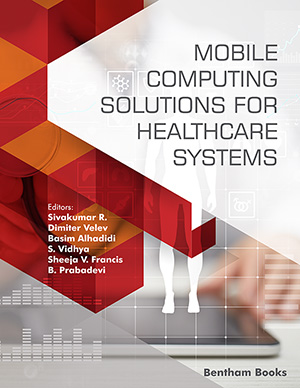
Abstract
Background: Stenotrophomonas maltophilia is a pathogenic bacteria that causes serious infectious complications in humans, especially in immune-compromised patients. Stenotrophomonas maltophilia is a gram-negative bacterium that is multidrug-resistant.
Objective: The purpose of the study is to understand the diverse cellular and biological functions of cadmium-binding metalloproteins and to predict their role in pathogenicity, regulation, and growth.
Methodology: Different in silico approaches were used to check the Functional Annotation, Subcellular Localization, Gene Ontology, and Bacterial toxin prediction have been used to identify the cellular and biological function of Cd-binding metalloproteins in Stenotrophomonas maltophilia.
Results: Identified 116 Cd-binding proteins from the whole proteome sequence and functional domain, family, localization, and toxicity were also studied.
Conclusion: The outcomes revealed that this study could be used in understanding the 116 cadmiumbinding proteins from the whole proteome sequence. This study shows the survival, growth, and pathogenicity of the bacteria.
Keywords: Stenotrophomonas maltophilia, metalloprotein, metal PDB, functional annotation, subcellular localization, gene ontology.
[http://dx.doi.org/10.1111/mmi.12709] [PMID: 25040830]
[http://dx.doi.org/10.1128/AEM.02738-08] [PMID: 19270129]
[http://dx.doi.org/10.1007/s10534-005-3711-0] [PMID: 16158229]
[http://dx.doi.org/10.1016/S0006-291X(02)00726-X] [PMID: 12099683]
[http://dx.doi.org/10.3109/10409238709083738] [PMID: 3315461]
[http://dx.doi.org/10.1021/bi9708601] [PMID: 9254609]
[http://dx.doi.org/10.1016/S0300-483X(03)00305-6] [PMID: 14580780]
[http://dx.doi.org/10.1128/jb.162.3.1106-1110.1985] [PMID: 3922941]
[http://dx.doi.org/10.1128/JB.184.3.864-866.2002] [PMID: 11790762]
[http://dx.doi.org/10.1146/annurev.bi41070172000515]
[http://dx.doi.org/10.1186/s12879-019-4670-3] [PMID: 31864284]
[http://dx.doi.org/10.1007/s10327-013-0452-8]
[http://dx.doi.org/10.1093/nar/gkx989] [PMID: 29077942]
[http://dx.doi.org/10.1038/nprot.2015.053] [PMID: 25950237]
[PMID: 15980438]
[http://dx.doi.org/10.1371/journal.pone.0099368] [PMID: 24911789]
[http://dx.doi.org/10.1007/s11515-016-1392-4]
[http://dx.doi.org/10.7717/peerj.6904] [PMID: 31534833]
[http://dx.doi.org/10.3389/fgene.2019.00797] [PMID: 31608099]
 13
13 2
2




























